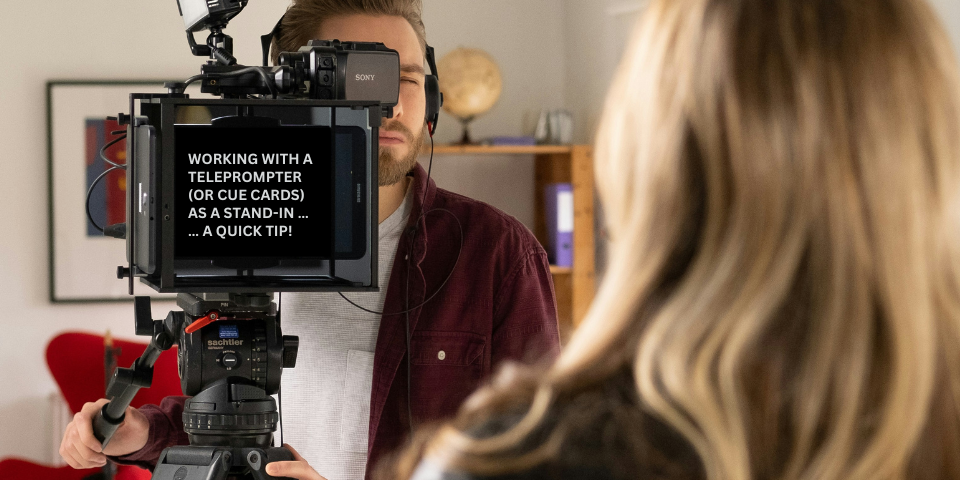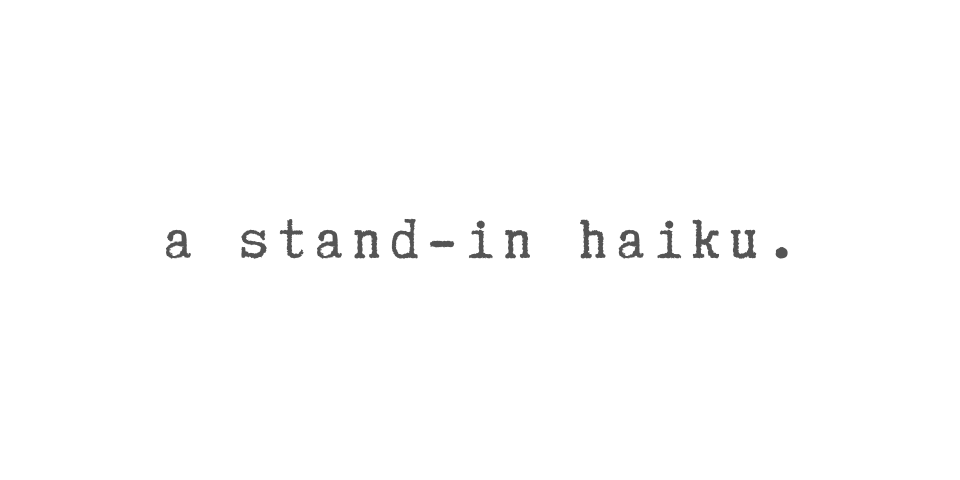There are a lot of funny (and probably also a lot of frustrating) misconceptions people have about stand-ins. Here are some we’ve heard in our times standing in on TV and film projects.
You’ll Appear in the Show
Parents or friends far removed from the business sometimes hold the belief that because you are working on a particular TV show or film, you’ll be “in” the TV show or film when it comes out.
Stand-ins work behind the scenes for a production, specifically in the setup of shots. Technically speaking, stand-ins do not appear on camera. A stand-in technically needs to be upgraded to a photo-double, principal actor, etc., to appear on camera. Another way a stand-in may appear on camera is as a background actor, which is work sometimes asked of stand-ins.
Unless a stand-in is upgraded or works in the background, the closest the stand-in will be to “being seen” in a production is by way of being named in the credits. Not all stand-ins are awarded production credits. Therefore, waiting to see if credits are awarded to stand-ins is sometimes the “second climax” of a particular film or television project!
You’re Buddy-Buddy with the Actor
Sometimes people imagine that if you are standing in for a star actor, you are close or chummy with that actor.
In most instances, stand-ins are not very familiar with their first-team counterparts. Other than the occasional polite exchange or professional conversation, most stand-ins rarely interact with the principal actors. The actor-stand-in relationship is somewhat like a revolving door: When you’re on set, the principal actor is not; when the principal actor arrives, you step off.
This is not to say that there aren’t stand-ins who are familiar with the stars for whom they stand in. This is just to say that being the actor’s “buddy” is not part of the job description for a stand-in.
The Work Is Easy
While some stand-in work doesn’t require much from the person, some stand-in work is very demanding.
For many stand-in jobs, the work demands discipline in being quiet, being attentive, and being detail-oriented. Stand-ins frequently work long hours on top of long commutes, which makes the work even more taxing. Working in loud, cramped areas and being continually asked to move adds more stress to the stand-in’s job.
While one day of stand-in work may be a breeze, a series of days on the same production (or even different productions) can spend the energy of even the most enthusiastic person. A stand-in who regularly works 12-hour days does a 60-hour work week–not counting commutes.
Standing In Is Common Sense
Some people who find themselves standing in for the first time don’t know what the words “mark” or “blocking” mean.
Given that there are those types of people, standing in is not common sense. Standing in takes education and experience. While it helps to work background to learn the rhythms of production, you can’t learn standing in until you actually do standing in.
Furthermore, each production runs a bit differently. Some productions will have a friendly camera crew who will kindly direct you to do what they need. Other productions will have a grumpier camera crew whose courtesy is lacking in their interactions with you. Add to this that some assistant directors will treat you with respect while others will nearly completely disregard your humanity.
When you are standing in, you have to learn how each production does things, meaning you have to adapt to each set. To be an effective stand-in in these productions, you have to be smart, and smarts oftentimes are learned from prior stand-in experience.
What are some common misconceptions you’ve heard about standing in? Or what misconceptions have you had? We’d love you to share below!






Thank you for this confirmation. I was a stand in on a couple of films and did not know that people would not believe you because your name is never mentioned. I can’t help but laugh because it all makes since if you really think about it. A production company is saving money when they use stand ins. For the stand in, it’s fun and they get paid. It’s a win, win situation.